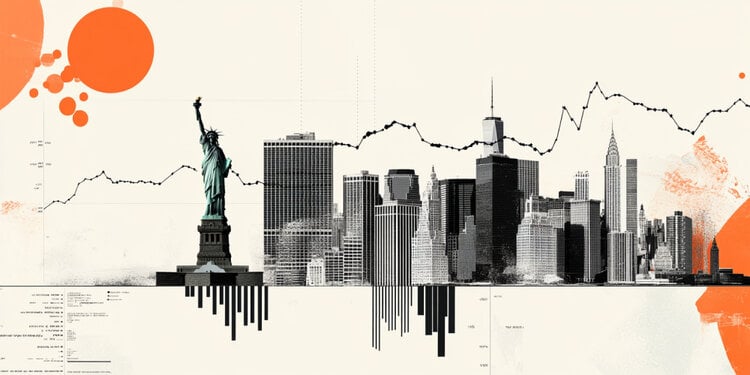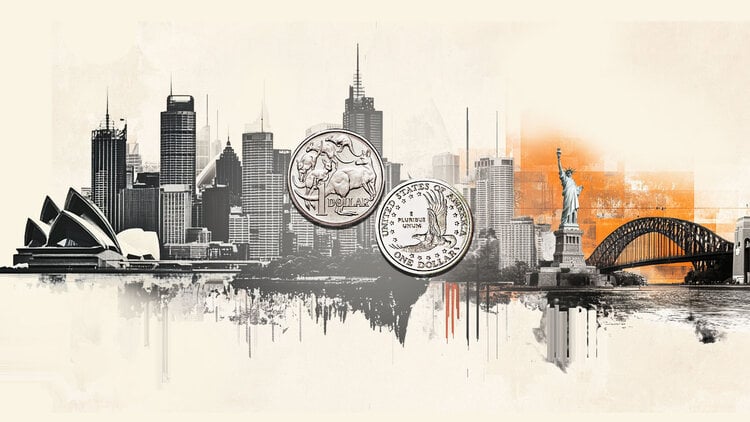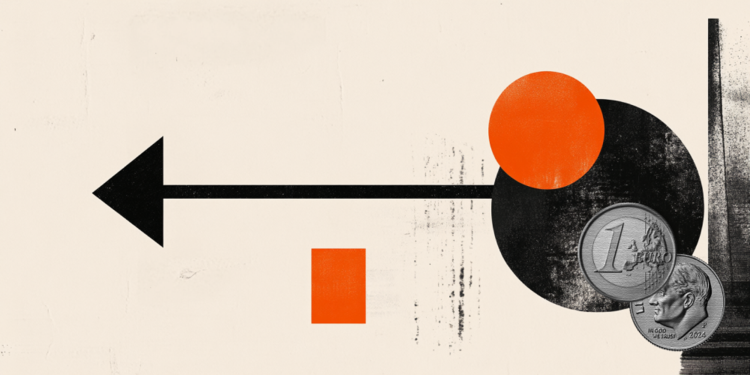Whenever there is an economic shock, the G-4 central banks are usually the first responders. In the period of the Great Recession and other Global economic fallouts, the role of central banks was quite diffident. However, amidst the COVID-19 pandemic, these central backs took some major steps and incorporated some efficient monetary policy tools to soften the blow.
Slashing Interest Rates to Almost Zero
The G-4 central banks slashed interest rates to almost zero and added around 20% of GDP in their balance sheets.
The central banks also took measures like Quantitative Easing, which is a monetary policy that allows them to buy government bonds and other financial assets of a country to pump in instant money to support the falling economy. Another step that was taken was Credit Easing to make credit easily available and to provide an abundant supply of liquified markets and assets.
Monetary Policy Cannot Compensate for Inadequacies Completely
This is a common misconception that the monetary policy is enough to handle everything and can compensate for all dysfunction in any other parts of the economic system. However, that is not true. The governments’ fiscal policy also plays an important role in bringing some balance.
Fiscal policy is the government spending policies to cover up the budget deficit. After the Global Financial Crisis, different governments tightened up their fiscal policy and that added extra load on the central banks’ monetary policy. But relying too much on the monetary policy also brings a lot of distortions that are hard to cope up with later.
The most notable distortion that happens due to over-reliance on the monetary policy is that it becomes difficult for the central banks to come out of it. It is important to plan a perfect strategy to exit before entering into launching monetary policy and taking measures to liquify all the markets and assets.
When Quantitative Easing was employed after the Global Financial Crisis, the balance sheets of the G-4 central banks grew to 20% of GDP by the year 2010. Although the global economy did show regrowth since 2010, the balance sheets have now added around 40% of GDP, and that was before the COVID-19 pandemic.
The abundant global liquidity means increased asset price inflation.
Whenever there is too much global liquidity, it results in increased asset price inflation. All of this leads to the risks of systematic mispricing and eventually destabilize the economy because the balance and equilibrium between capital and labor gets distorted. So, to avoid the factor-input mix getting distorted, the governments’ fiscal policy has to play an important role. It will be better if this time after the pandemic is over, the governments do not tighten their fiscal policy too much and too soon.
Monetary policy and the intervention of G-4 central banks indeed provide immediate support, as it did amidst the pandemic, but the question here arises that will the markets be able to recuperate and function normally again once this support is taken away?
Monetary policy can only act as a stabilizer, but it cannot alter the economic growth as such. That comes from inflation, and flexible inflation targeting will help the overall situation in a lot many ways.
I’m Ava Paul, an experienced news website author with a special focus on the entertainment section. Over the past five years, I have worked in various positions of media and communication at World Stock Market. My experience has given me extensive knowledge in writing, editing, researching and reporting on stories related to the entertainment industry.







